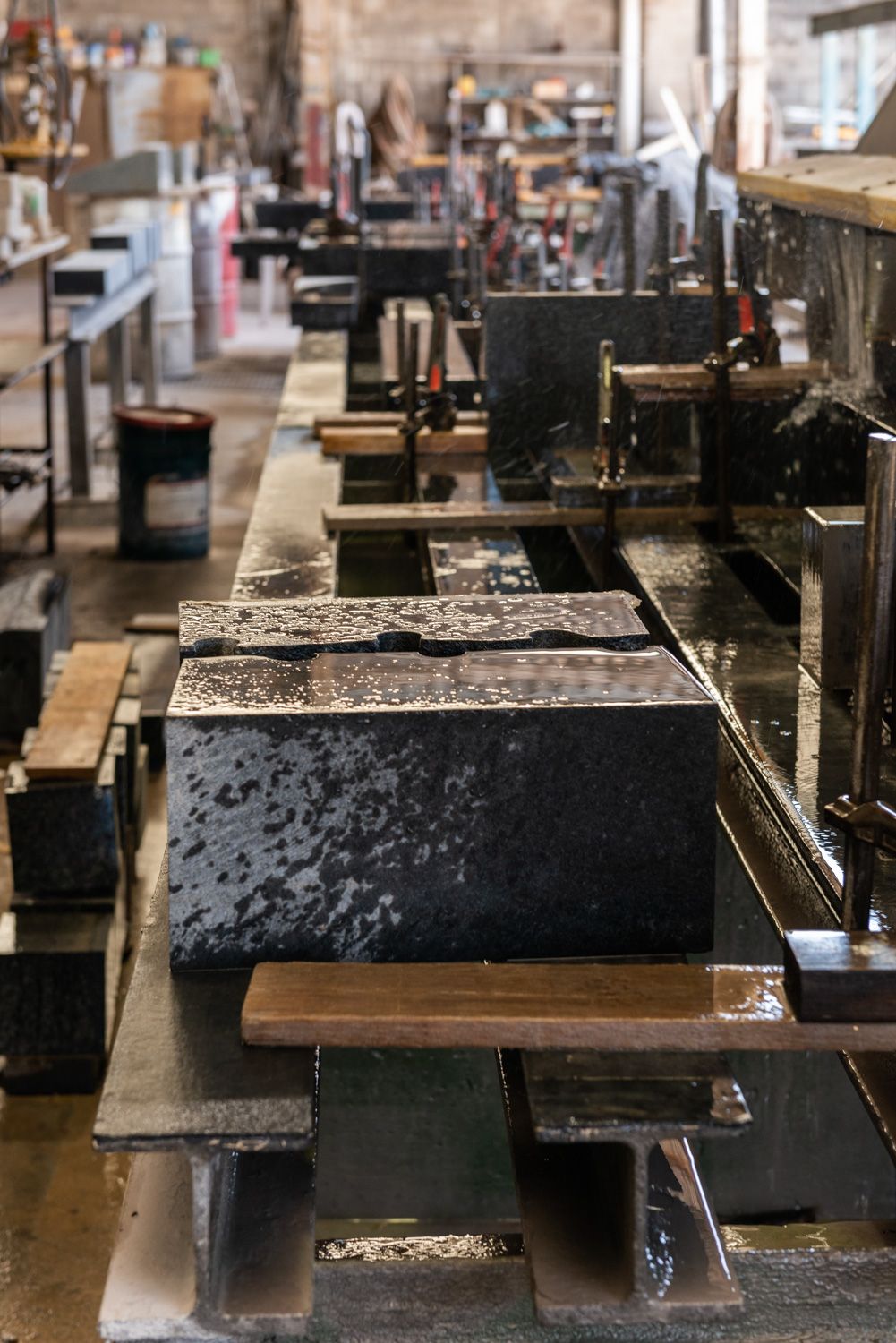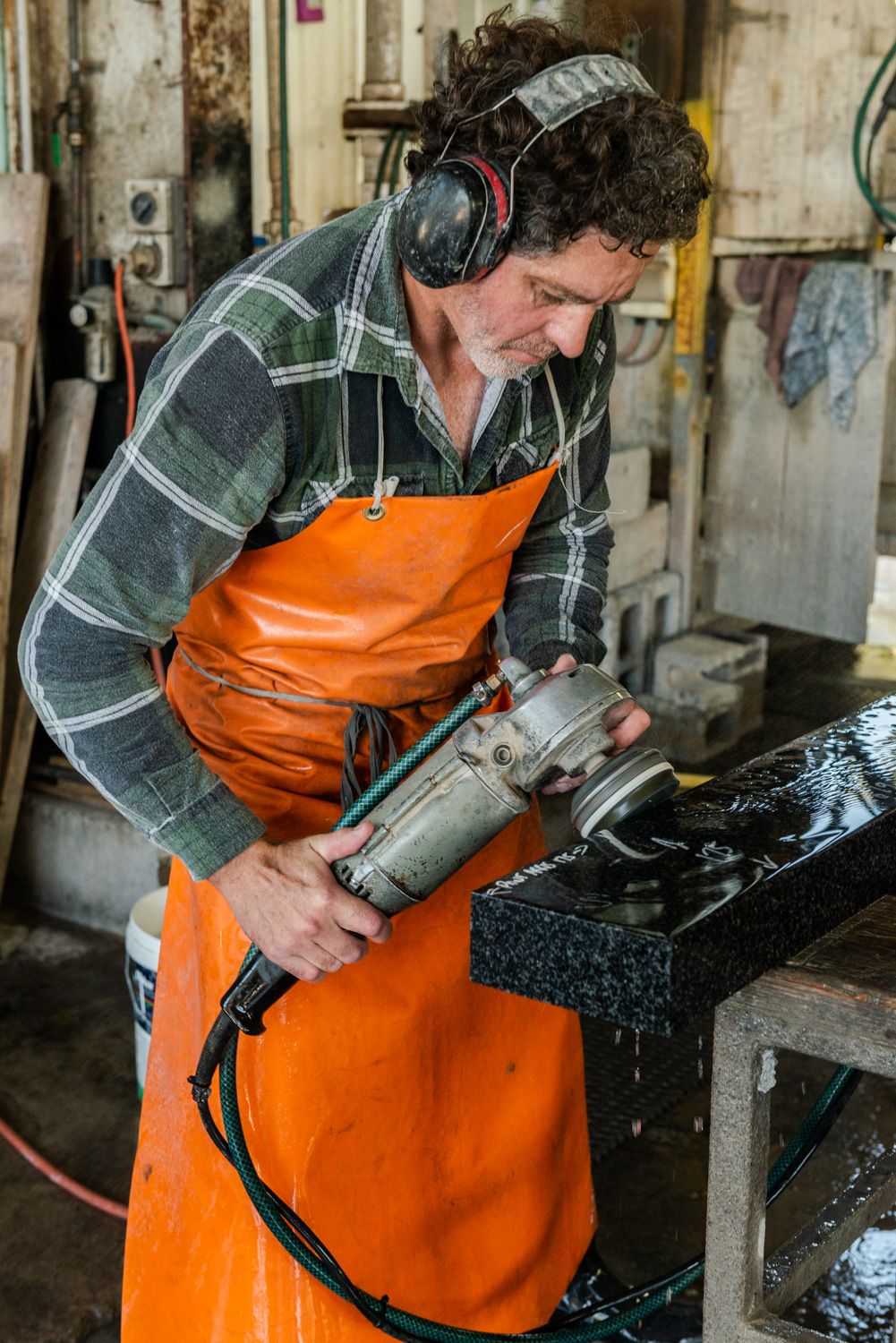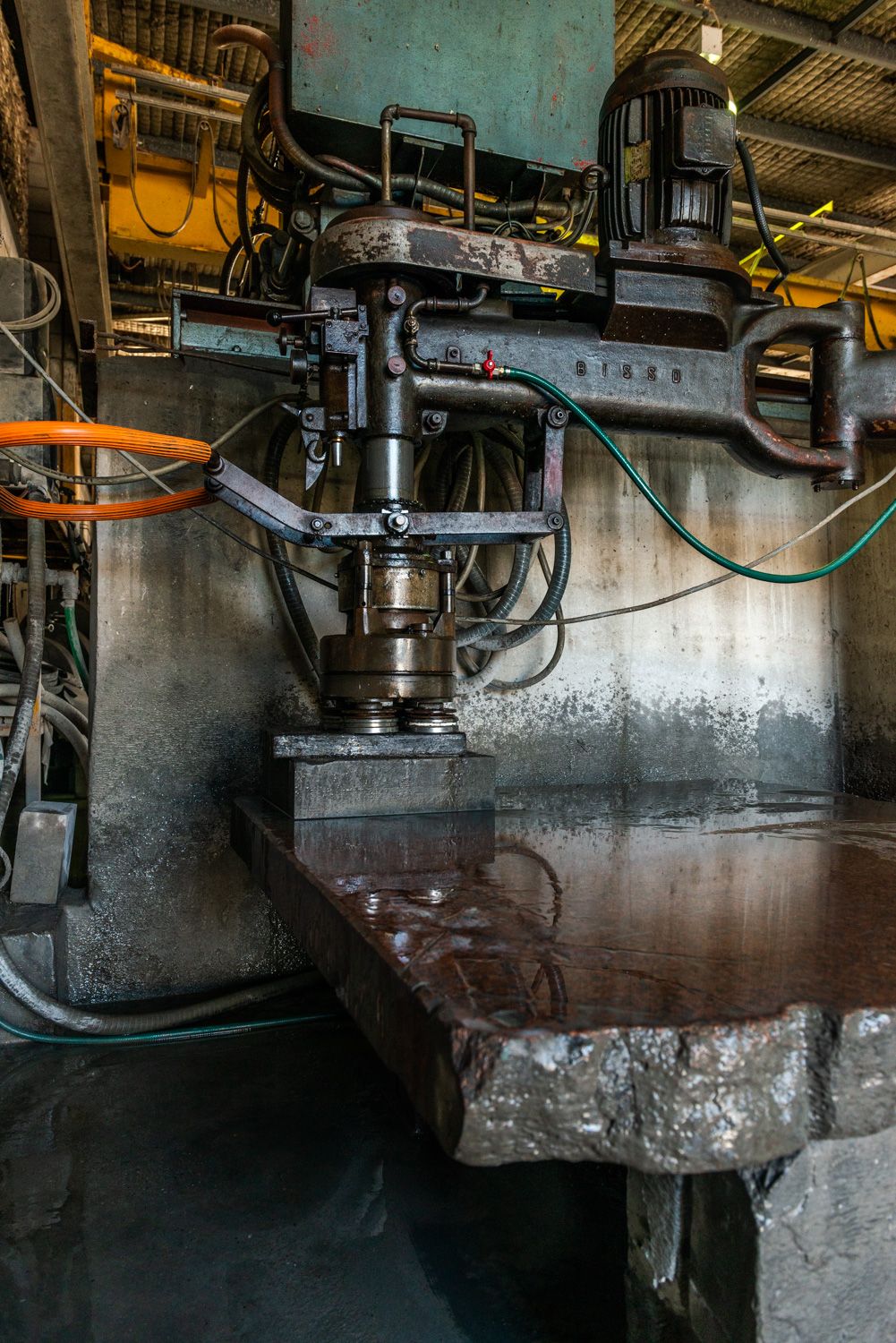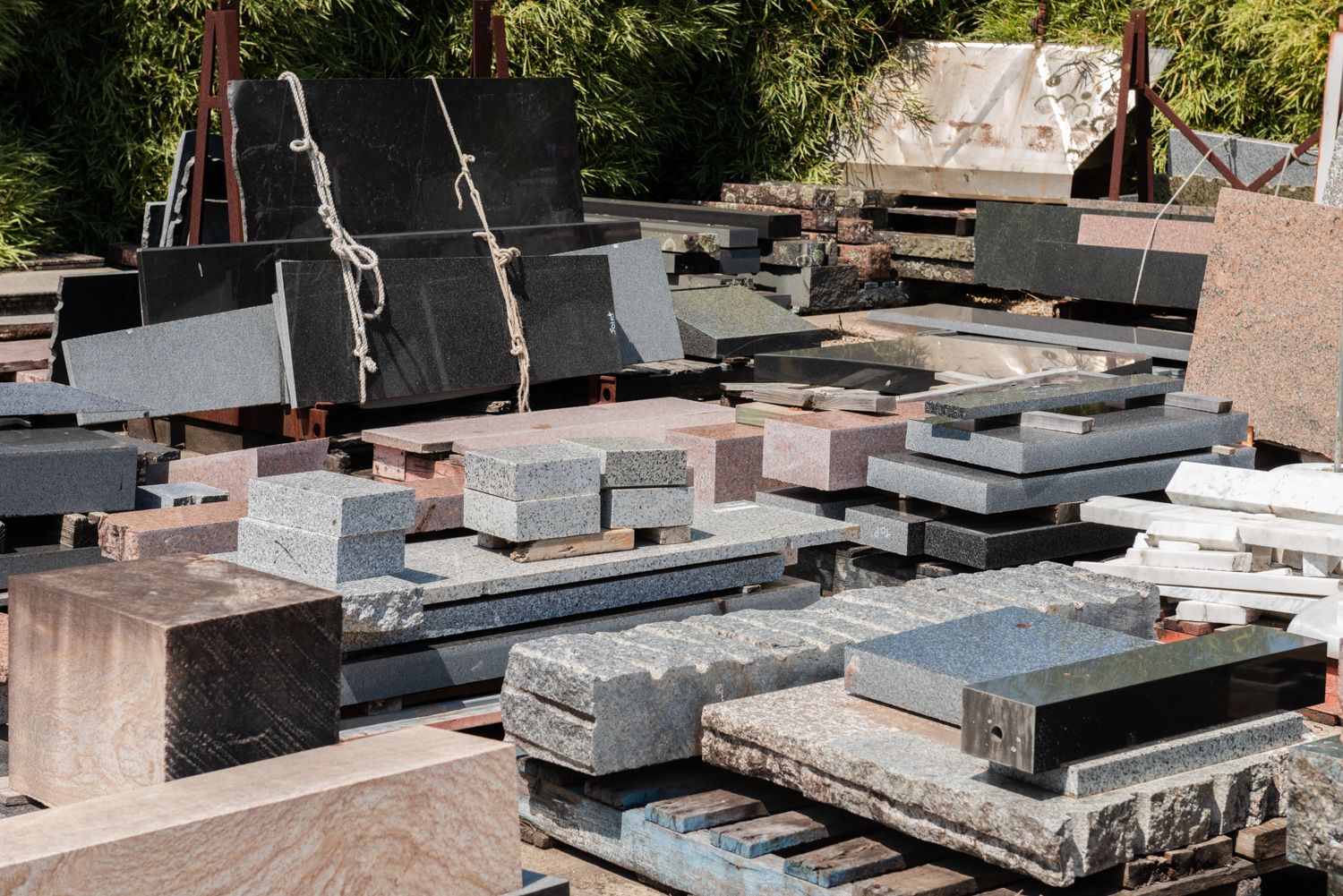Silicosis – As a family-owned company, T. Wrafter & Sons has always placed a high priority on the health and safety of our staff. Recently, you may have noticed media coverage discussing the risks of working with silica-containing materials like stone and how it can lead to a debilitating respiratory disease called silicosis.
In today’s modern age where emphasis is on production and manufacturing that is more efficient and cost-effective than ever before, it is essential that we not lose sight of the health and safety of our team. This is something we take very seriously. At T. Wrafter & Sons stonemasons, we consider all of our team members to be our family.
In this article, we take a look at the devastating effects of silicosis on stonemasons, and the increased risks of developing silicosis when working with manufactured stone.



